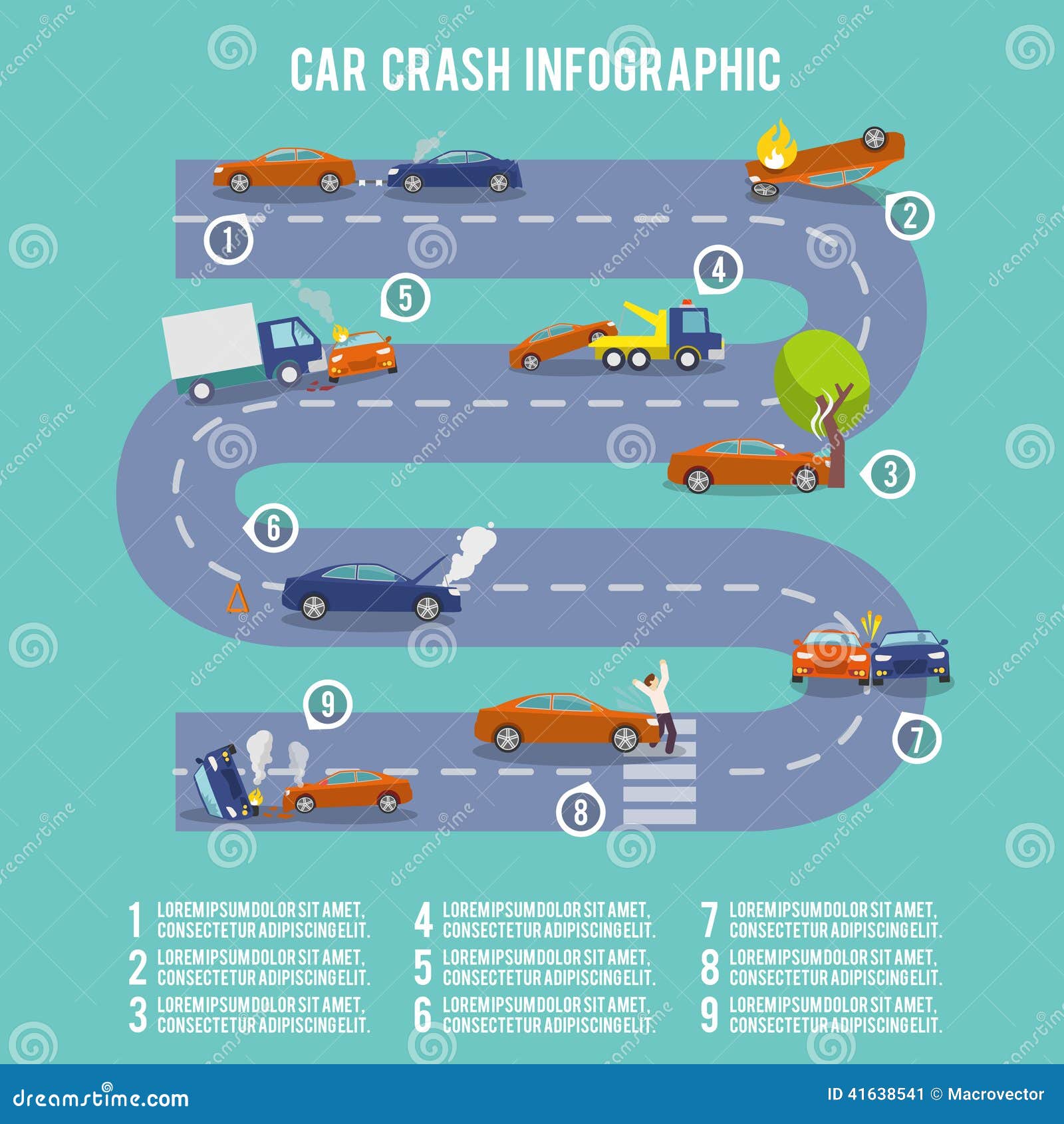Understanding Your Car'S Caution Lighting: What Do They Really Mean?
Understanding Your Car'S Caution Lighting: What Do They Really Mean?
Blog Article
Short Article Created By-Vinson Torres
When you lag the wheel, those glowing warning lights on your control panel can be a little bit bewildering. Do https://www.winknews.com/2022/04/29/woman-hits-the-brakes-on-car-repair-runaround/ know what they're trying to inform you regarding your automobile's health? Recognizing the value of these lights is crucial for your safety and security and the longevity of your vehicle. So, the next time one of those lights pops up, wouldn't you want to understand its message precisely and take the required actions to address it?
Common Warning Lights and Interpretations
Determine common caution lights in your auto and understand their meanings to make certain risk-free driving.
The most typical caution lights include the check engine light, which signals issues with the engine or exhausts system. If this light begins, it's crucial to have your car checked without delay.
The oil pressure warning light indicates low oil pressure, needing immediate attention to stop engine damage.
A blinking battery light could suggest a malfunctioning charging system, potentially leaving you stranded if not resolved.
The tire stress monitoring system (TPMS) light signals you to reduced tire stress, influencing car security and fuel effectiveness. Overlooking https://charliekbtkc.worldblogged.com/37146074/wish-to-find-the-most-reliable-automobile-service-center-in-your-locality-review-the-top-10-suggestions-that-will-sustain-you-in-making-a-sound-choice can cause hazardous driving problems.
The abdominal light indicates a trouble with the anti-lock braking system, compromising your ability to quit swiftly in emergencies.
Finally, the coolant temperature advising light warns of engine getting too hot, which can result in serious damages otherwise resolved quickly.
Comprehending these typical caution lights will aid you resolve concerns immediately and maintain risk-free driving conditions.
Significance of Prompt Attention
Comprehending the typical caution lights in your car is just the first step; the importance of promptly resolving these warnings can not be stressed sufficient to guarantee your safety and security when driving.
When a warning light brightens on your control panel, it's your car's method of connecting a possible issue that needs attention. Overlooking these warnings can bring about much more severe issues down the road, endangering your safety and potentially costing you much more out of commission.
Trigger interest to alerting lights can prevent break downs and mishaps. For example, a blinking check engine light could suggest a misfire that, if left unattended, might create damage to the catalytic converter. Addressing simply click the next website page can save you from an expensive fixing.
Likewise, a brake system warning light may indicate reduced brake fluid or used brake pads, crucial components for your safety when driving.
Do It Yourself Troubleshooting Tips
If you discover a warning light on your control panel, there are a few do it yourself troubleshooting pointers you can try before looking for professional help.
The initial step is to consult your car's handbook to recognize what the specific caution light indicates. In some cases the issue can be as simple as a loosened gas cap causing the check engine light. Tightening up the gas cap might deal with the issue.
One more typical issue is a low battery, which can trigger various advising lights. Inspecting the battery links for rust and guaranteeing they're protected might deal with the issue.
If a warning light continues, you can try resetting it by disconnecting the cars and truck's battery for a couple of mins and after that reconnecting it. In addition, checking your vehicle's fluid levels, such as oil, coolant, and brake fluid, can aid repair advising lights related to these systems.
Final thought
Finally, recognizing your auto's caution lights is essential for keeping your automobile running smoothly and safely. By promptly addressing these alerts and understanding what they imply, you can stay clear of pricey fixings and possible break downs.
Keep in mind to consult your automobile's handbook for specific details on each warning light and do something about it accordingly to ensure a trouble-free driving experience.
Stay notified, stay safe when driving!
